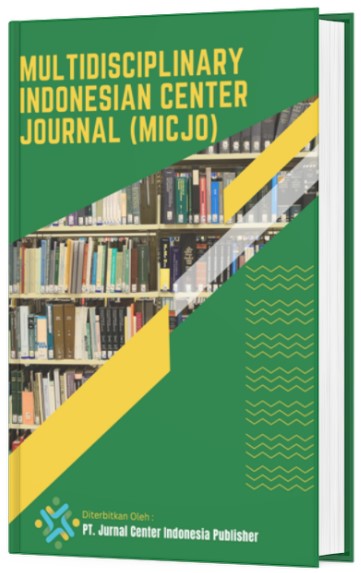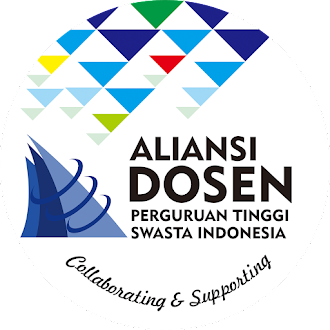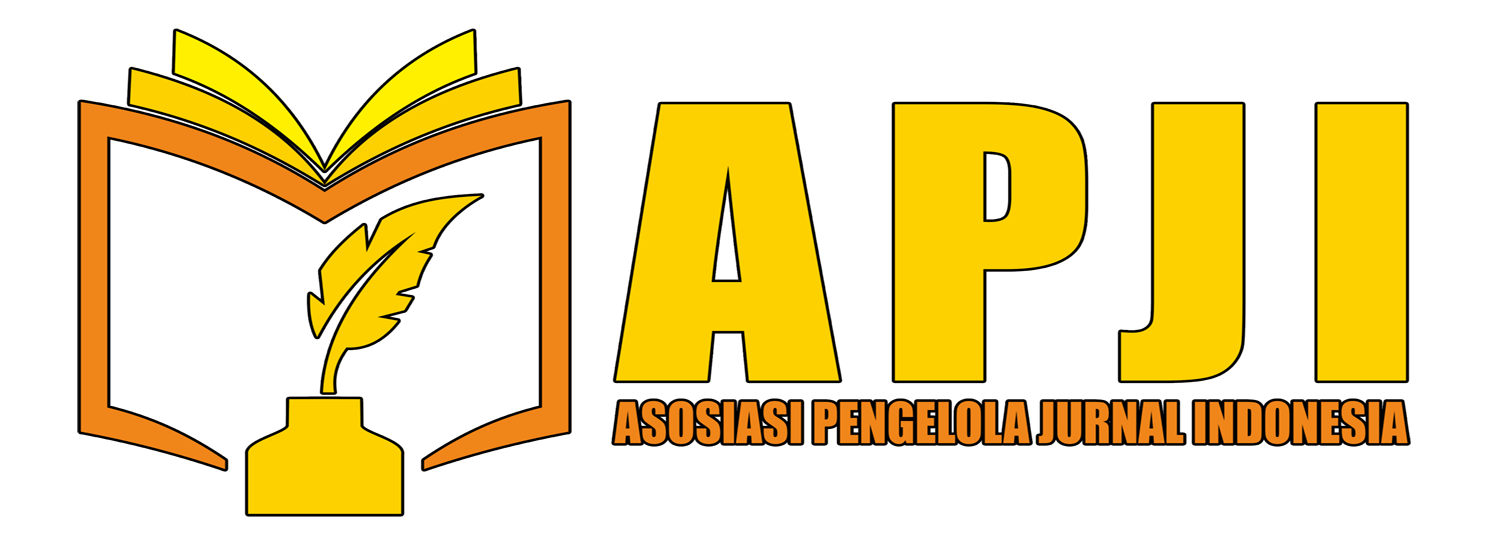SONG (NDAWI) OF LANI TRIBE TO DEVELOP CONGREGATIONS’ INTEREST IN WORSHIP AT LOME BAPTIST CHURCH, LANI JAYA REGENCY
DOI:
https://doi.org/10.62567/micjo.v2i3.857Keywords:
Church, Song (Ndawi), InterestAbstract
The church is a gathering place for people who believe in Jesus Christ to praise and to glorify Him. Song is part one of the His followers to praise and glorify Him. The purpose of the study was 1) to determine the influence of song (Ndawi) Lani ethnic in developing their interest at the Lome Baptist Church. 2) to determine the factors that influence the congregation's interest in worshiping at the Lome Baptist Church. The researcher used a qualitative approach. The qualitative approach was chosen because the main focus of the study was to understand the social phenomena related to the song (Ndawi) from the Lani tribe. The population of this study was the entire Lome Baptist Church around aged 18-25 years and the sampel used was 15 people. The data collection techniques used were interviews and observations. The data analysis techniques were identification, classification, and drawing conclusions. The results shows that there are 13 parts, which are divided into (Ayi awu togon uwa iya wua togon uwa) wonderful God wonderful God, (Yetut awuri inom uwa Kritut awuri inom wua) Jesus is with his disciples, Christ is with his disciples, (Purom paga logoner wua taitom paga logoner wua) Living on the Mount of Olives, (Tamban eggwi wonoggwime wua) He is praying, (Ala yoggwi wonoggwime wua) He is asking for power from Him, (Yetut ogoma wagaggerak wua) The Spirit of Jesus came to take a ride, (Wiya pogom wagaggerak wua) He is coming like the wind, (Togi pogom wagaggerak wua) He is coming to brood on the snow, (Awuri aggo inikime wua) He is entering the hearts of His disciples, (Orewi aggo inikime wua) He is entering the hearts of His friends, (Enggi taa ndi’nduk eregerak wua) He is fulfilling in the heart, (Iyok taa ndi'nduk eremobil wua) He is soak the feet in the heart, (Ayii awu togon wua Iya wua togon wua) Wonderful God, miraculous God.
Downloads
References
Firmansyah, M., Masrun, M., & Yudha S, I. D. K. (2021). ESENSI PERBEDAAN METODE KUALITATIF DAN KUANTITATIF. Elastisitas - Jurnal Ekonomi Pembangunan, 3(2), 156–159. https://doi.org/10.29303/e-jep.v3i2.46
Jailani, M. S., & Jeka, F. (2023). Populasi dan Sampling (Kuantitatif), Serta Pemilihan Informan Kunci (Kualitatif) dalam Pendekatan Praktis. 7.
Larasati, D., Andra, V., & Friantary, H. (2022). Analisis Bentuk Dan Makna Lagu Daerah Suku Rejang Di Kabupaten Rejang Lebong. Junal Budaya Brawijaya, 3 (1), 44–54.
Manafe, D. S., Morib, T., & Pelamonia, R. (2022). Kontekstualisasi Misi Terhadap Budaya Bakar Batu Suku Lani dan Implementasinya bagi Gereja Injili di Indonesia (GIDI) Jemaat Jigunikime Puncak Jaya Papua. Makarios: Jurnal Teologi Kontekstual, 1(1), 111–136. https://doi.org/10.52157/mak.v1i1.170
Nucifera, P. (2018). ANALISIS SEMANTIK KOGNITIF PADA LIRIK LAGU DAERAH ACEH BUNGONG JEUMPA. Junal Samundra Bahasa, 1 (2), 35–41. http://ejurnalunsam.id/index.php/JSB
Samosir, V. D., & Toh, A. M. (2024). Menilik Makna Rohani dalam Budaya Makan Bersama dengan Pola Kunu di Suku Lani ditinjau dari Markus 6:39-40. TELEIOS: Jurnal Teologi dan Pendidikan Agama Kristen, 4(1), 73–87. https://doi.org/10.53674/teleios.v4i1.88
Suriani, N., Risnita, & Jailani, M. S. (2023). Konsep Populasi dan Sampling Serta Pemilihan Partisipan Ditinjau Dari Penelitian Ilmiah Pendidikan. Jurnal IHSAN : Jurnal Pendidikan Islam, 1(2), 24–36. https://doi.org/10.61104/ihsan.v1i2.55
Downloads
Published
How to Cite
Issue
Section
License
Copyright (c) 2025 Noribena Wenda, Verawati Dosmaria Samosir, Napius Kogoya

This work is licensed under a Creative Commons Attribution-ShareAlike 4.0 International License.


















